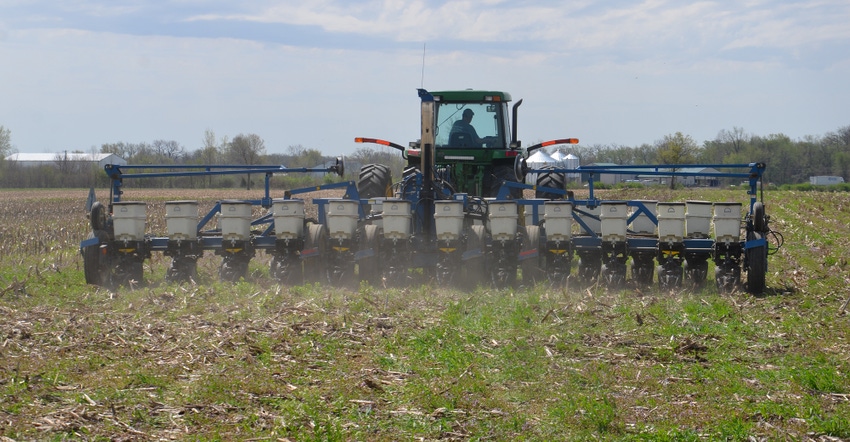
A relatively warm, dry spell in early April led to planters running in parts of the eastern Corn Belt, especially in southern counties. Many of those planters during the first couple weeks of April were planting soybeans.
Early-planted soybeans tended to yield better than later-planted fields in 2020, although there were exceptions, notes Steve Gauck, a regional agronomy manager for Beck’s based near Greensburg, Ind. Beck’s sponsors Soybean Watch ’21. Exceptions were some later-planted fields that still yielded well. Almost all soybeans planted early in 2020, except those caught by the freak Mother’s Day freeze, yielded well.
Related: Late-season tissue tests can be difficult to interpret
Farmers remembered that when a window opened in early 2021 and took to the field to plant soybeans. Then rains and cool weather kept planters out of the field until a second window opened. The result is that you may have some fields of soybeans planted early, some a couple of weeks later, and perhaps you still have some to plant. The wide range of planting dates means the scouting calendar will be different in various fields this year, Gauck says.
Scout when needed
Don’t forget those early-planted soybean fields, even if you have soybeans and/or corn left to plant, Gauck advises. Take time to make sure either you or someone else scouts those fields.
“One of the key things you’re interested in is evaluating the stand,” he says. “Since there’s still time to replant without major yield penalty by mid-May, you want to make sure you have an adequate stand in those fields that you may have planted early.”
Shaun Casteel, a Purdue University Extension specialist, is experimenting with using aerial images from an unmanned aerial vehicle to determine if the stand is adequate, or if replanting might be necessary. However, he’s still refining how much “green” you need to see in an image at early growth stages, like V1, to know you have enough stand.
In the meantime, you may want to resort to the hula hoop method. Roll a hula hoop at several places at random, and count number of plants within the hoop. You can use the table in the Purdue University Corn & Soybean Field Guide to determine stand. Gauck carries one in his back pocket.
For example, if you use a 30-inch-diameter hoop and find 11 plants on average, you can expect a final stand of 98,000 plants per acre. As long as there aren’t large skips and you can control weeds, Gauck would leave that stand.
“We have found we are usually OK with 80,000 plants per acre,” he says. “Some of the work in Beck’s Practical Farm Research studies indicates 70,000 plants may be adequate.”
It’s also important to make sure insects aren’t causing major damage on those early-planted fields, he adds. The insect you are most likely to find feeding on small soybean plants is the bean leaf beetle. It can cause up to 50% yield loss before treatment is economic, he observes. There are treatments available if damage becomes that severe.
Also keep an eye out for slugs. If it is cool and wet, especially if there is residue on the surface, slugs can feed on leaves and destroy some seedlings. Unfortunately, there is no remedy for slugs. If the damage is severe, replanting may be necessary.
About the Author(s)
You May Also Like




